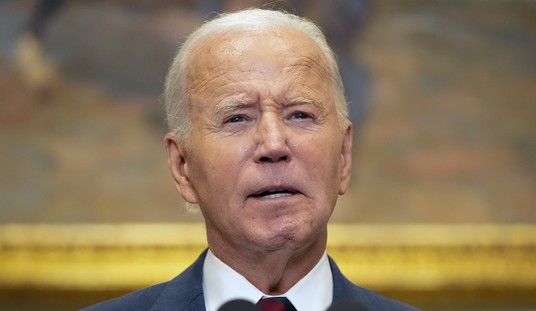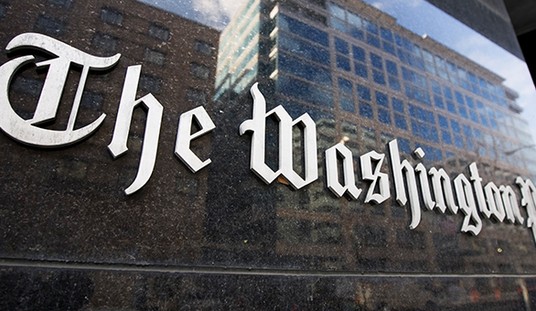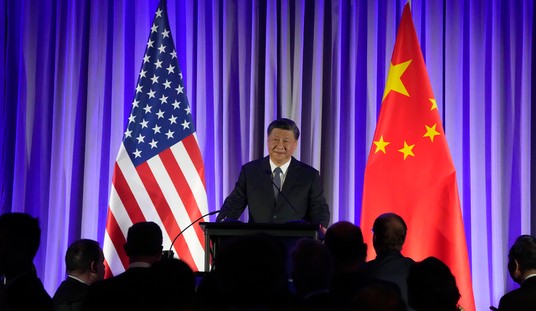The Los Angeles Times says unemployment is falling — perhaps because people are giving up on finding employment, bringing the labor market closer to what Frank Ahrens called “our new normal — unemployment near 10 percent, European levels”. Being like Europe, the ideal of some policy makers, isn’t as glamorous as it sounds. The Independent says there are now nearly 70 graduates for every summer job vacancy in the UK. A university physics graduate said of his 8 roommates, only two found employment. “I had hoped that by taking a master’s I would be at an advantage and the job market might have improved. But I’m concerned that if more people are taking master’s then many others will have one by the time I finish.”
Like Europe, the US job market is losing the race against demography. Glowing assurances economy that the economy is creating jobs conceals the fact that it is being outpaced by New entrants into the labor market. The Wall Street Journal’s Capital Journal explains that “economists say that the country needs to create about 150,000 private-sector jobs a month just to keep up with population growth, and the 33,000 created in May and 83,000 in June fall far short of that threshold. Secondly, the unemployment rate dropped only because about 650,000 people who had been in the job market stopped looking for work last month, apparently due to poor prospects.” This means the job market has to improve dramatically to both absorb those who’ve lost work and those who are looking for the first time.
What are the odds that things will get dramatically better? News stories suggest the prospects are poor. The AP reports that British, German and French stock markets are down over worries that the “recovery in the US will slow down”. Now Asian stock markets fell to their lowest levels in a month over worries that Europe’s economy is in trouble. “The Baltic Dry Index of commodity-shipping rates dropped 2.8 percent in London yesterday. The gauge has lost 47 percent during its 27-day slump in the longest losing streak since August 2005.”
Faced with with these challenges, the administration is responding in an extraordinarily European style way. The Guardian reports that “President Barack Obama, under pressure to stimulate job growth, said yesterday that two solar energy companies will get nearly $2bn (£1.35bn) in US loan guarantees to create as many as 5,000 green jobs.”
Obama has previously made it clear he wanted to create jobs related to green technologies. With Democrats anticipating losses in 2 November congressional elections because of unemployment, Obama said the steps he is taking “won’t replace all the jobs we’ve lost overnight”, adding: “I know folks are struggling.”
Abengoa Solar, a Spanish based company will build the Gila Bend project with the help of US loan guarantees. Abengoa was finalizing arrangements with the US government.
President Obama and DOE Secretary Steve Chu were busy this past weekend approving massive loan guarantees to solar projects in the U.S. as part of the federal stimulus.
The biggest announced project was Abengoa’s 250 megawatt Solana Concentrating Solar Power (CSP) project in sunny Gila Bend, Arizona, 70 miles southwest of Phoenix, which is backed by a $1.45 billion loan guarantee. That slightly surpasses the recent $1.37 billion loan guarantee for fellow CSP player Brightsource Energy.
The project plays to Abengoa’s strengths. The drive to solar comes at a time when the industry is debating whether solar photovoltaic (PV) or huge solar thermal technologies are the most promising paths to efficiency. The big solar thermal technologies are the domain of European giants like Abengoa and Accion, Siemens and Areva, against which the smaller startups can’t compete.
And financing will be especially hard for small start-ups like BrightSource, SolarReserve and eSolar. They will have to convince banks to lay out cash for large-scale projects that require expertise and experience in engineering, design and project management–not a strong suit of start-ups.
These small companies will be competing for financing against European giants with big balance sheets and long histories of building big, complicated projects like Abengoa and Acciona (who have already built and are still building solar thermal projects) and Siemens and Areva (who both acquired solar thermal companies recently). The safer bet is clear.
But “safer” technology is a relative term. The most sought-after margin of safety is financial safety. The supposed benefits of solar thermal are largely calculated on how the projects are financed. Wikipedia explains:
The way of financing has a great influence on the final price [of energy]. If the technology is proven, an interest rate of 7% should be possible. However, for a new technology investors want a much higher rate to compensate for the higher risk. This has a significant negative effect on the price per kWh. Independent of the way of financing, there is always a linear relation between the investment per kWh production in a year and the price for 1 kWh … Finally, there is some gap between the first investment and the first production of electricity. This increases the investment with the interest over the period that the plant is not active yet.
The cheaper you can make the plant in accounting terms the more competitively you can price the energy per kilowatt hour. As Jonathan Fahey of Energy Source put it, “before the sunny days for solar thermal arrive it needs to start raining cash”. That rain of cash has just started with the Obama guarantees. Bloomberg reported that the US government gave the Spanish company terms it could not find on the market.
U.S. government backing will allow Seville-based Abengoa to get a cheaper loan, improving the profitability of the power plant, said Nathaniel Bullard, the lead North American solar- energy analyst for Bloomberg New Energy Finance.
“At a narrow spread, less than 100 basis points over Treasury rates, a loan guarantee creates economics simply not possible given finance arranged on the Street or in the City,” Bullard said in an e-mail.
Abengoa’s plant, to be built 70 miles (113 kilometers) southwest of Phoenix, will be the world’s largest solar-power installation, producing 250 megawatts and serving 70,000 families, the company said July 3 in a statement.
The Solana installation, using solar-thermal technology, will prevent 475,000 tons in carbon-dioxide emissions annually, according to the company’s calculations.
But the fact of the subsidy itself, which by definition depends on money lent at below-market interest rates, raises questions about the long term economic viability of the enterprise. Projects which must be protected from economics by special arrangements are suspect vehicles for long term development. This may not bother an administration which believes it is government’s role to “fix” the markets, which hardly seems to take fright at the hemorrhage of jobs. They are not the sort to care about the markets with the future so near. In the end it remains to be seen whether any economic recovery based on subsidies, stimuli and deficit spending can long endure. But now’s not the time to doubt. Not when that long ago promise, riding on the wings of memory, to become like “Manchester England, across the Atlantic Sea” — to become like Europe — is so close that you can touch it. The moon is in the Seventh House and Jupiter will align with Mars. It may not work but they’re sure going to give it a try. They’re sure going to give it a try. All together now.
We starve, look at one another, short of breath
Walking proudly in our winter coats
Wearing smells from laboratories
Facing a dying nation of moving paper fantasy
Listening for the new told lies
With supreme visions of lonely tunes …
Silence tells me secretly
Everything
Everything …Let the sunshine, let the sunshine in
The sunshine in
Let the sunshine, let the sunshine in
The sunshine in
Let the sunshine, let the sunshine in
The sunshine in










Join the conversation as a VIP Member